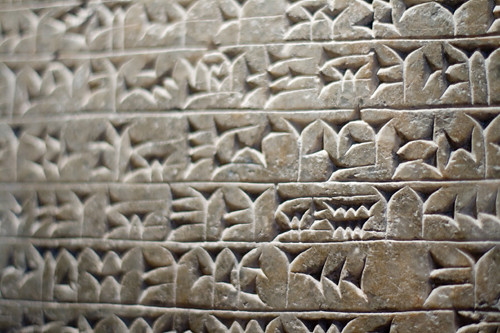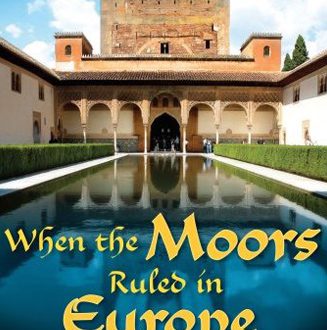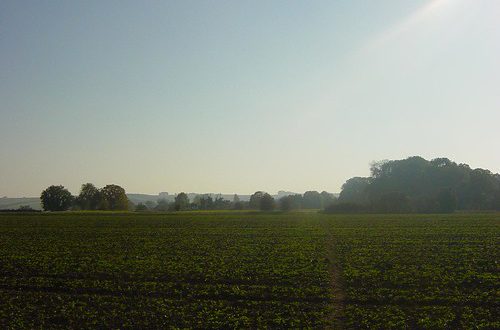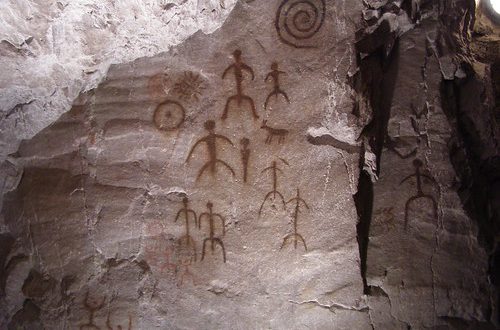 “Death will come out of it! No-one will escape! I am done!” It may sound like the death-knell of a tragic big screen hero, but it’s actually the desperate pleas for help of an ancient Assyrian leader, as his city awaits destruction at the hands of bloodthirsty Babylonian armies. The words have been discovered inscribed on a cuneiform tablet at the site of Tushan – an Assyrian city near Diyarbakir, SE Turkey. The tragic epsiode was written by Mannu-ki-Libbali in 630 BC, as a final call-to-arms for allies in the region – yet experts believe the tablet never met its intended recipient, and Tushan was soon torn to shreds by advancing Babylonian forces.
“Death will come out of it! No-one will escape! I am done!” It may sound like the death-knell of a tragic big screen hero, but it’s actually the desperate pleas for help of an ancient Assyrian leader, as his city awaits destruction at the hands of bloodthirsty Babylonian armies. The words have been discovered inscribed on a cuneiform tablet at the site of Tushan – an Assyrian city near Diyarbakir, SE Turkey. The tragic epsiode was written by Mannu-ki-Libbali in 630 BC, as a final call-to-arms for allies in the region – yet experts believe the tablet never met its intended recipient, and Tushan was soon torn to shreds by advancing Babylonian forces.
The demise of Tushan was the beginning of the end for the once-glorious Assyrian Empire, which crumbled under the weight of Mesopotamia’s marauding southerners just three years later. And from Mannu-ki-Libbali’s words, which comprise a 30-line soliloquy the size of a mobile phone, it’s apparent Tushan had been deserted long before the Babylonians stormed in. He pleads for commanders, craftsmen, coppersmiths, blacksmiths, bow and arrow makers, horses, bandage boxes and chariots to defend his city, yet: “Nobody mentioned in this letter, not one of them is there! How can I command?”
John MacGinnis is leading the University of Cambridge excavation which has thrown up the fascinating find. He tells the Times: “The letter is written during the process of downfall. The chances of finding something like this are unbelievably small.” The British Museum‘s Assyrian expert Irving Finkel is equally jubilant at the discovery. “It has an almost Hollywood quality,” he says. “This sense of the enemy are coming – I can hear their hooves.” Though he would have had professional scribes, experts believe Mannu-ki-Libbali could have written the dramatic epigraph, which is being held in the Diyarbakir Museum, himself. Cuneiform is said to have been the first ever writing form, and comprised triangles pressed into wet clay in different combinations. Some combinations could involve as many as 13 triangles.
Images by Andre Nantel andJill.



